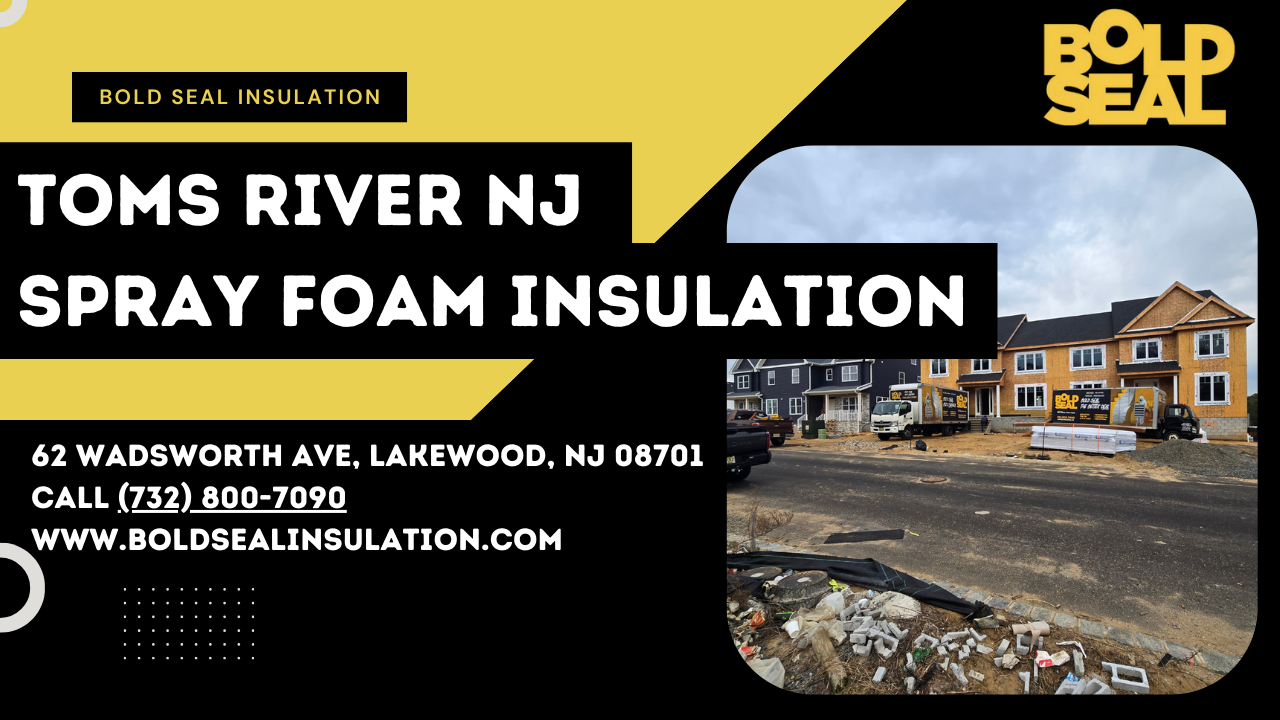Protecting your home's insulation from moisture damage is crucial for maintaining its energy efficiency, structural integrity, and overall value. Damp or wet insulation leads to costly repairs, health hazards like mold growth, and significantly reduced comfort. This comprehensive guide equips you with the knowledge and strategies to prevent moisture damage and ensure your home remains a healthy and comfortable haven for years to come.
What is Moisture Damage from Insulation?
Moisture damage in insulation occurs when insulation material absorbs excessive moisture, either from condensation, leaks, or high humidity. Damp insulation loses its effectiveness in providing thermal resistance, leading to increased energy bills and discomfort. Wet insulation becomes a breeding ground for mold and mildew, posing significant health risks to occupants. Recognizing the signs of insulation moisture is the first step towards preventing serious and costly damage. Early detection minimizes the extent of damage and repair costs. The severity of the water intrusion depends on the duration of exposure and the type of insulation.
Common Causes of Moisture Damage
Several factors contribute to moisture damage in insulation. Condensation, caused by warm, moist air meeting cold surfaces within the building envelope, is a frequent culprit. Roof leaks, plumbing leaks, window leaks, wall leaks, and foundation leaks all introduce water directly into insulation. Poor attic ventilation, inadequate crawl space ventilation, and insufficient air sealing allow for moisture accumulation. These leaks can lead to significant water damage and potentially compromise the structural integrity of the house. It's important to routinely check your home for water damage to prevent costly repairs.
Signs of Moisture Damage in Insulation
Identifying moisture damage early is crucial for preventing further problems. Insulation failure, characterized by sagging or clumping, is a telltale sign. Mold and mildew growth, often accompanied by a musty odor, indicates significant moisture penetration. Drywall damage, such as discoloration or blistering, may point to underlying insulation issues. Wood rot, a serious consequence of prolonged moisture exposure, requires immediate attention. If you notice any of these signs, prompt action is necessary to prevent costly structural damage and health risks.
Preventative Measures to Control Moisture
Preventing moisture damage requires a multi-pronged approach. Installing a proper vapor barrier can significantly reduce condensation. Thorough air sealing prevents air infiltration and moisture intrusion. Adequate attic ventilation and crawl space ventilation promote air circulation and moisture removal. Controlling humidity levels within the home using dehumidifiers or improving ventilation further minimizes the risk of condensation. A checklist for moisture prevention strategies can help ensure that all necessary steps are taken. Regular maintenance and monitoring of these systems is key to avoiding problems.
Proper Installation Techniques for Insulation
The proper installation of insulation is crucial to prevent moisture problems. Selecting the appropriate insulation type for the specific application is important. Fiberglass, cellulose, and spray foam insulation offer varying degrees of moisture resistance. Understanding insulation R-value, a measure of thermal resistance, helps in selecting the correct insulation thickness for optimal performance. Proper https://freehold-township-nj-08757-r-t-5-2-5.wpsuo.com/discover-thriving-real-estate-in-freehold-township-nj-2025 installation techniques, including ensuring continuous insulation and avoiding gaps, are essential to minimize moisture penetration. Using a professional insulation installer can help ensure proper installation and prevent problems down the line.
Table of Recommended Insulation Types
Insulation Type Moisture Resistance R-Value (per inch) Best Application Fiberglass Batt Moderate R-3 to R-6 Walls, attics, floors Cellulose Good R-3.7 to R-3.8 Walls, attics, floors Spray Foam Insulation Excellent R-6 to R-7 Walls, attics, crawl spaces

Tools for Detecting Moisture and Damage
Several tools can aid in detecting moisture and damage within insulation. A moisture meter measures the moisture content of building materials. An infrared camera reveals temperature differences, which can indicate areas with high moisture content. Moisture sensors can be placed within the insulation to continuously monitor moisture levels. Using these tools allows for early detection of moisture problems, enabling prompt remediation. Early intervention is key to reducing the extent of damage and minimizing the need for costly repairs.
Long-term Solutions for Moisture Management
Implementing long-term moisture management strategies ensures sustained protection. A well-maintained HVAC system reduces humidity levels and minimizes condensation. Proper duct sealing prevents air leakage and moisture intrusion. Weatherproofing the exterior of the home protects against water infiltration. Regular dehumidification helps maintain optimal humidity levels. Employing effective ventilation strategies throughout the home prevents moisture build-up and promotes a healthier living environment. Regular inspections by a qualified professional can provide valuable insights and recommendations.
Conclusion: Ensuring Your Home's Longevity
Preventing moisture damage from insulation is an investment in your home’s longevity, health, and value. By understanding the causes of moisture damage, implementing preventative measures, and using appropriate detection tools, you can significantly reduce the risk of costly repairs and maintain a comfortable, healthy living environment. Remember, early detection and proactive solutions are key to preventing significant damage. Contact a qualified professional for guidance and assistance in implementing these strategies. Don't wait until a problem arises—take action today to protect your home's insulation and ensure its long-term health.